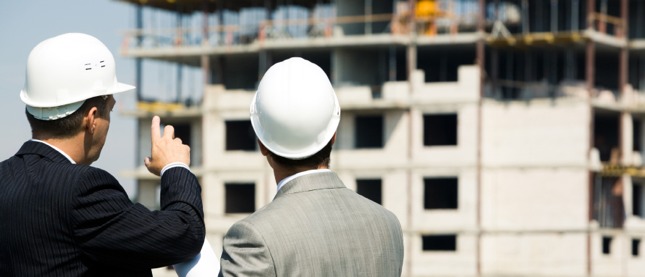Property developers play a crucial function in shaping the physical, social and economic landscapes of our cities. These individuals or companies contribute to the transformation of raw areas into vibrant communities commercial centers, or residential complexes. Their impact goes beyond building; they're urban landscape architects as well as sculptors of urban skylines and create a platform for social change. However, their work is often fraught with controversy, and they raise questions regarding the sustainability of their work, affordableness, and gentrification.

At the heart of the property industry is the goal of turning the vacant property or unutilized land to profitable, viable assets. Developers begin this process armed with market research, feasibility studies, and financial projections. They identify opportunities, assess risk, and formulate plans that align with market demand and investors' expectations. Whether it's creating mixed-use developments in urban areas or master-planned communities that are located in suburban zones, developers attempt to ensure that they balance profit with social and environmental considerations. The first step is to establish the stage for the whole development process, influencing designs, investment plans as well as the timeline of projects.
One of the greatest properties developers' contributions is addressing housing shortages in rapidly growing urban centers. When they conceptualize and implement residential development projects, they meet the pressing need for accommodation, catering to diverse groups of people and income levels. Affordable housing initiatives are a particular example of their social responsibility, aiming at making homeownership more affordable to households of low and middle income.
Moreover, the environmental impact on development projects must not be ignored. Property developers are being put under the pressure to implement sustainable methods that minimize carbon footprint, preserve green spaces, as well as improve energy efficiency. Sustainable design elements like rainwater harvesting techniques, and LEED certification are now standard elements in new developments. Beyond compliance with regulations and guidelines, builders are becoming aware of the long-term benefits of environmentally green initiatives. This includes price reductions, market competition as well as a positive perception of the public. To receive new information please click resources

But, the function of property developers has not been free of controversy as they can be viewed as damaging or disruptive to existing communities. Displacement, gentrification, and affordable issues are common in rapidly developing neighborhoods, raising concerns about equality and social inclusion. Critics argue that unchecked development puts profit margins ahead of the long-term needs of residents, exacerbating income inequality and ethnic homogenization. Balancing the interests of various parties, such as residents, the policymakers and investors is crucial to overcome the effects of these issues and promote sustainable urban development.
While pursuing profits Property developers have an important responsibility for sustainability as well as social impacts. Sustainable practices in design such as energy efficiency, green buildings, and green spaces are increasingly prioritised to reduce environmental footprints and increase the quality of living. In addition, developers play an vital function in the development of affordable housing which address societal disparities as well as housing problems. Through embracing inclusive and sustainable methods of development, developers do not only mitigate risks but also can contribute to the sustainability and sustainability of communities.
Comments on “Unveiling the Dynamics of Property Developers: The Architects of City Transformation”